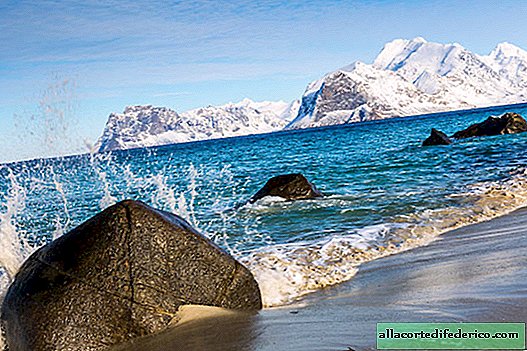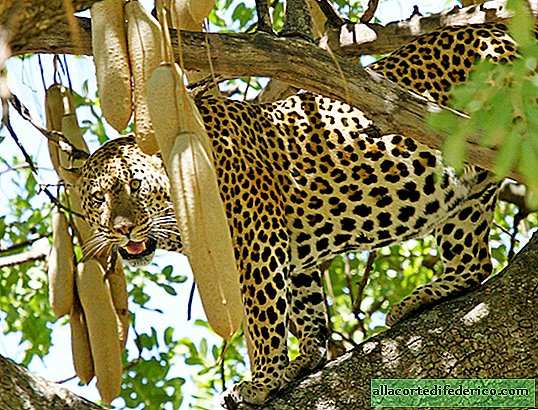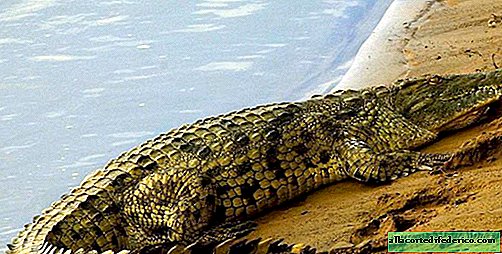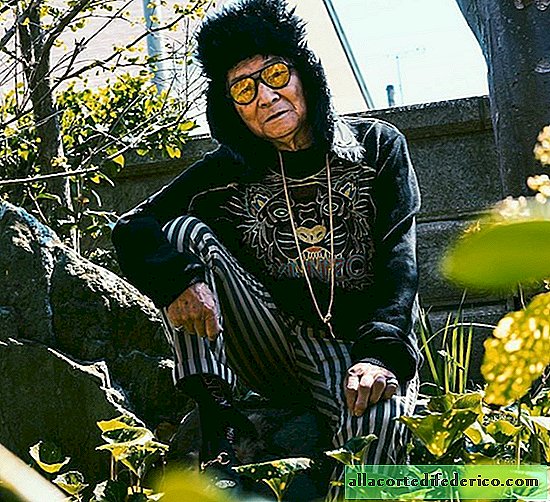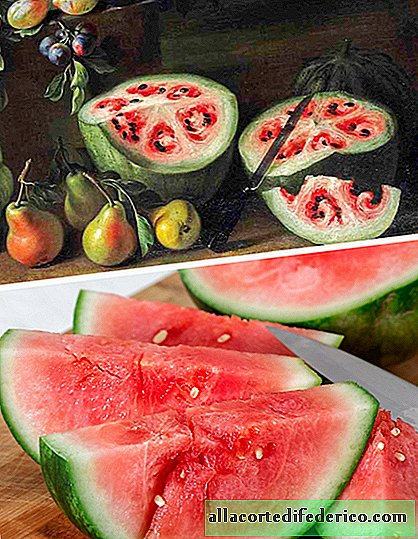Rapana: how clam aggressors captured the Black Sea
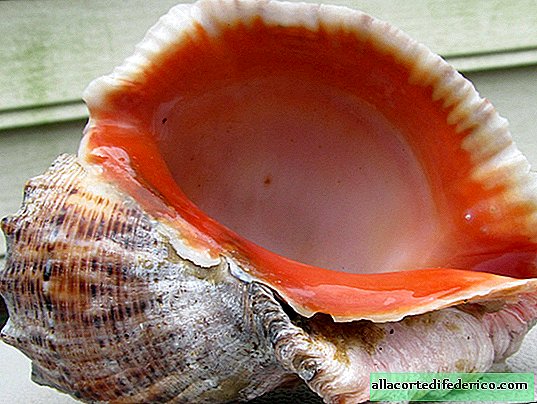 Rapana Sink
Rapana SinkRapana mollusks are descendants of the Far Eastern raps that originally inhabited the Sea of Japan. But marine vessels cruising the seas of the oceans brought this species into the Black Sea, which fully met their habitat requirements. For the first time this species of mollusk from the genus Rapan was recorded in the Tsemess Bay near Novorossiysk in 1947, and this year is considered the date of the beginning of irreversible changes that have occurred with the ecosystem of the sea.
 Rapana at the bottom of the Black Sea
Rapana at the bottom of the Black SeaHaving found themselves in excellent conditions, where there were no predatory species capable of restraining the growth of the population, raps quickly spread throughout the Black Sea. If at home, in the waters of the Sea of Japan, this species barely reaches 4-5 centimeters, then in the waters of the Black Sea this species, which by the way, now has a separate name Rapana pontica, reaches 12-15 centimeters. The abundance of Far Eastern raps is regulated by the starfish that prey on them. But, unfortunately, there are no stars in the Black Sea, and even if they are brought here, they will not survive here because of too fresh water.
 Predatory rapana eats another prey
Predatory rapana eats another preyRapana quickly settled in the Black Sea and went on the offensive. They feed on their brethren (small clams) and are very voracious. Their victims are most often mussels and oysters, the shells of which have been easily cracked by their muscular legs. The mussel population was particularly affected by the alien predator. Experts note a sharp decrease in the number of these mollusks in the shallow bays of the Black Sea coast. In addition, the number of other species of mollusks decreased.
 Mussels - a favorite food of rapan aggressors
Mussels - a favorite food of rapan aggressorsThe extermination of mussels is not only bad in itself. The fact is that mussels play a crucial role in the ecosystem of the Black Sea. They filter sea water, passing it through themselves, and thereby increase the transparency of sea water. This indicator is very important for the sea: the higher the transparency of the water, the deeper the sunlight penetrates, ensuring the existence of algae producing oxygen. Experts note that over the past decade, sea transparency in some bays has decreased from 10 to 3-5 meters. Of course, this is also affected by sea pollution under the influence of anthropogenic factors, but the reduction in the number of mussels in this plays an important role. In addition to the role of a water purifier, mussels serve as food for other inhabitants of the Black Sea. Thus, this invasive species also competes with local representatives of marine fauna for food resources.
 Rapana washed ashore during a storm
Rapana washed ashore during a stormThe clumsy and slow-looking rapana actually turned out to be active and voracious predators that destroy mussels, mollusks and other marine inhabitants. Locals are actively producing rape for the manufacture of souvenirs and cooking seafood, but even this did not lead to a noticeable reduction in the population of the aggressor species.
 Rapana dish considered to be the most delicious delicacy
Rapana dish considered to be the most delicious delicacyBulgaria and Turkey have long realized the danger of the situation. In these countries, an active fight against rape has been launched: the catch of mollusks by the local population is encouraged, and special teams are organized to engage in raptor raps.

